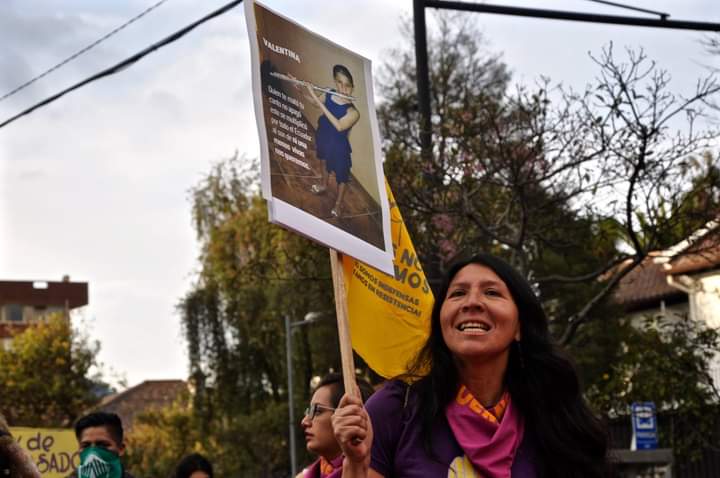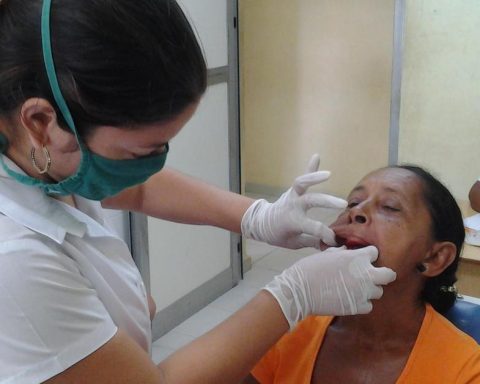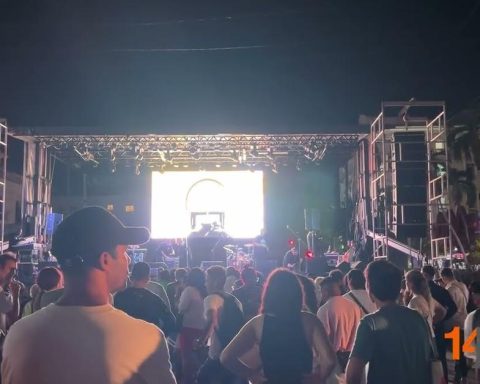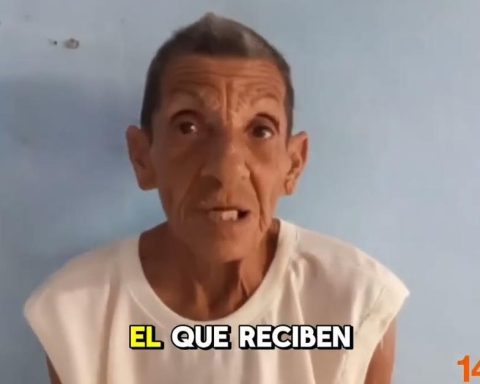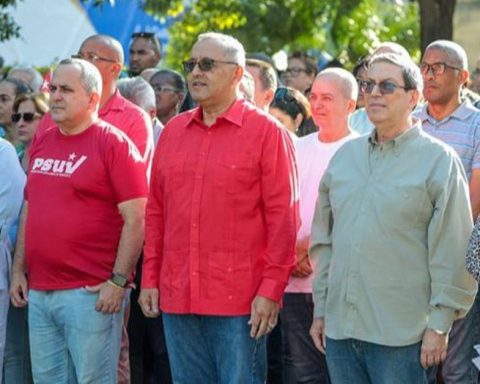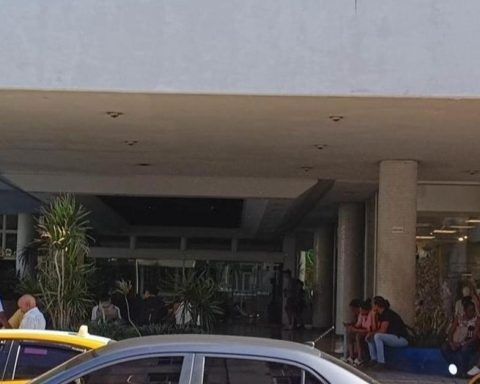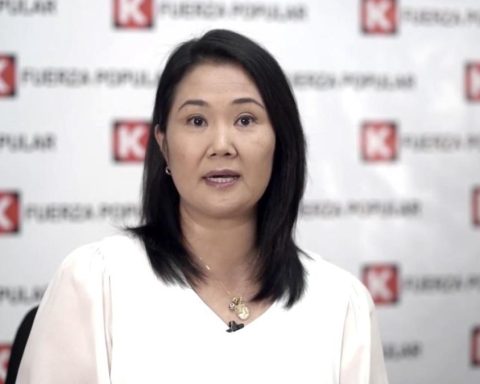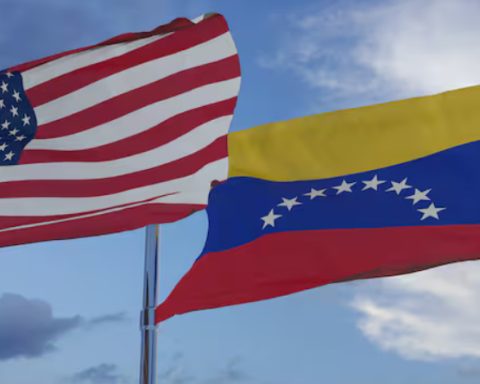It is the first time that Ecuador has a National Protocol to Investigate Femicides and other Violent Deaths of Women and Girls
Although since 2015, Ecuador uses the United Nations Model Latin American Protocol for the Investigation of Violent Deaths of Women for Gender Reasons, the protocols for investigating disappearances and deaths of women had shortcomings with respect to the application of international standards. This put obstacles at the time of gathering expertise.
This has been verified by the families of the victims, who give years of their lives in search of justice.
This is the case of Ruth Montenegro, mother of Valentina Cosíos, a girl who was found dead in her schoolyard in 2016.
In a interview with LA HORA, Montenegro explained that in the case of his daughter they have needed international expertisel “because there are no experts here in the country and the State says it has no resources.”
Another case is that of Lisbeth Baquerizo, whose husband tried to pass off her death as an accident. And that after the insistence of the victim’s parents, a new autopsy was carried out, which determined that it was a femicide.
The shortcomings, details Adriana Molina, an expert lawyer in criminology, occur because the international standard does not specify the types of samples to be taken when collecting evidence. “It is a very general action protocol that is a base so that each nation can create a standard according to its reality,” he says.
A step by step of how to act
On November 24, 2021, the State Attorney General’s Office (FGE) signed a new action protocol which establishes the role of the National Police, the National Service of Legal Medicine, the Prosecutor’s Office and the ECU 911.
The document details that the first hours after the violent death of a woman or girl are crucial for the investigation, it is there that the greatest amount of evidence must be collected, which allows finding those responsible. In the case of Lisbeth Baquerizo, for example, DNA from her husband was found on her nails, who fled during the wake.
Molina indicates that the new protocol outlines “very well” the guidelines to protect the crime scene, as well as the witnesses. “The faster you act, the more likely you are not only to find the culprits; rather, painful and revictimizing processes for families are avoided ”.
“Implementing a forensic protocol based on the national reality makes it possible to take, in the first hours, biological samples from women victims of femicides or violent deaths. Currently, we are working under a model of exhumations of the bodies, which not only delay the processes, but also cause evidence to be lost ”, he adds.
System failures
The same protocol indicates that after a diagnosis it has been determined that the actors who must investigate this type of fact have a lack of knowledge about the phenomenon of femicide (power relations, types of femicide, among others). In addition, there is evidence lack of coordination between the different entities that they attend in the first instance the violent deaths of women and girls, which affects the gathering of evidence; the multiplicity of actors involved in research they do not have unified criteria for taking tests; lack of participation of the victims in the design and request of comprehensive reparation measures; and, lack of strategies to prevent and address the burnout derived from the care of cases.
Molina hopes that by recognizing these shortcomings, cases like those of Valentina Cosíos will not be repeated. His mother, Ruth Montenegro, insists that there has been negligence from the removal of the body (forensics) to the execution of the justice systems; so much so that his case has been under investigation for five years, when the normal term is two years.
This December 2, 2021, the preparatory hearing for the trial will be held in the case of Valentina, where six people are linked. (AVV)
